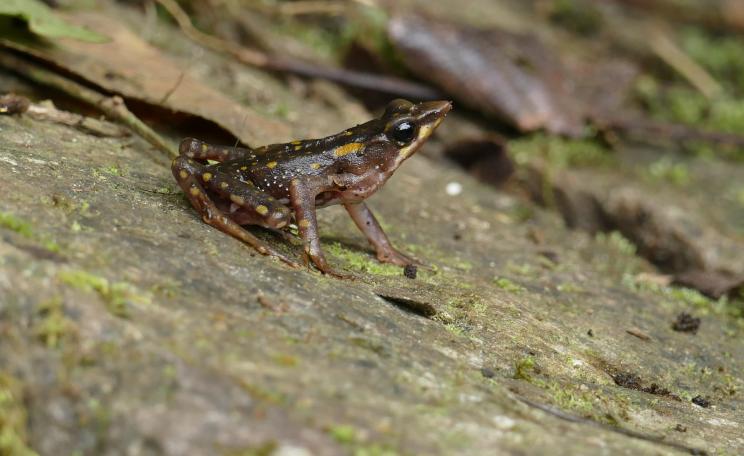0
International wildlife conservation charity World Land Trust (WLT) has launched an urgent appeal to raise £30,000 and save the hillstar’s habitat from being destroyed by mining.
The metal-rich landscapes of Ecuador have seen an increase in industrial mining over the past thirty years. Swathes of Ecuador’s tropical forests have been cleared so that metals such as copper, gold and lead can extracted from large open pits, a disaster for local wildlife.
WLT has launched the Save the Blue-throated Hillstar appeal to enable its partner Naturaleza y Cultura Ecuador (NCE) to extend a Water Protection Area to include the hillstar’s 70,000 acre range. By incorporating the hillstar’s habitat in the Water Protection Area it will have government-level protection and will eliminate the threat of mining.
Ecological damage
Richard Cuthbert, director of conservation at WLT, said: “This is a unique opportunity to save a critically endangered species from extinction. If we do not act now, mining corporations can move in on the habitat and create a mine which would most likely wipe out the hillstar population.
"This situation is the perfect example of why habitat conservation is so important. Habitat loss is one of the greatest causes of species extinction worldwide, and for every habitat we lose, we eliminate a stronghold for numerous plant and animal species.
"For species such as the Blue-throated Hillstar, with such a small range, this can mean extinction. The fact that we are continuing to discover new species in habitats facing threats like mining shows that we may not even be aware of the ecological damage these activities are causing."
The land is owned by local communities, who want to ensure it is protected because they rely on the clean freshwater collected in the mountain ecosystem.
With the funds from this appeal, NCE will extend the proposed Water Protection Area so the total area protected will be almost 200,000 acres (79,000 hectares) and also provide water for at least 470,000 Ecuadorian people.
Government protection
Bruno Paladines Puertas, head of community development at NCE, said: “Mining is happening in lots of areas in Ecuador. We are lucky that this area is in an early stage of the process before any construction has begun, so there is still time to act.
"The support of the communities and the Water National Secretariat (SENAGUA) mean that, if we act quickly, we can place this habitat under the highest level of government protection in Ecuador and the mining concessions will be lifted."
As well as the Blue-throated Hillstar, a new species of frog, the Tik Tik Rain Frog, was also discovered in August, found very close to the eastern border of the proposed protected area. This unique páramo habitat is also home to Spectacled Bear, Mountain Tapir and the magnificent Andean Condor.
These mountains are still relatively unexplored by naturalists, and by protecting them, many more species new to science may be discovered.
By donating to help save the Blue-throated Hillstar’s habitat today, you will be securing a future for this species and perhaps some that have not yet been discovered. You can find more information and donate to save the Blue-throated Hillstar online or call the WLT office at 01986 874422.
This article
This article is based on a press release from the World Land Trust.







